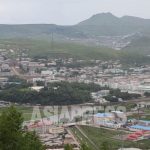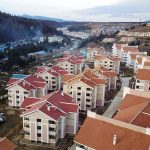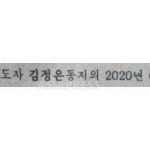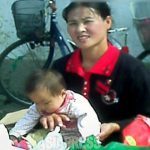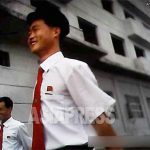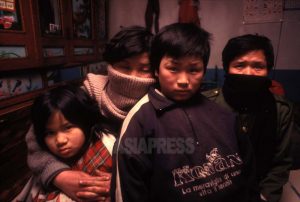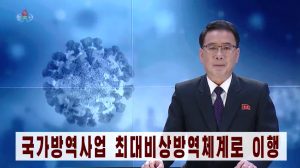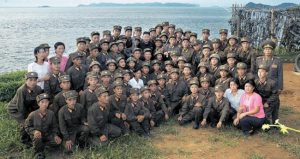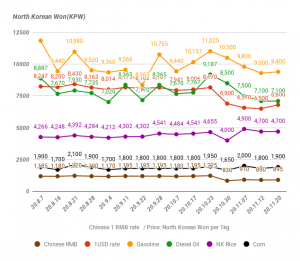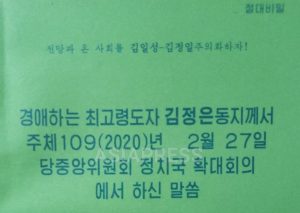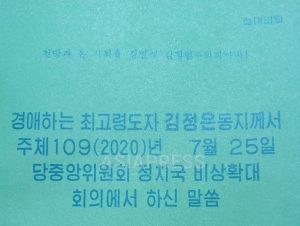According to the reporting partner, the central party officials were sent by Kim Jong-un to “learn the revolutionary spirit of Mt. Baekdu”. The group arrived in Hyesan city on August 3 and toured the construction sites of the Samjiyeon Special Tourist Zone, as well as Mt. Baekdu, on foot, before returning to Pyongyang on August 7.
Mt. Baekdu, which straddles the border between North Korea and China, is considered by the North to be a “holy site of the revolution”. The regime claims that it was the base of Kim Il-sung’s anti-Japanese guerilla activities, as well as the birthplace of Kim Jong-il. (Outside sources show Kim Jong-il to have actually been born in Primorsky, Russia.)
North Korea’s domestic economy has worsened due to the impact of the long-term economic sanctions. In Pyongyang, the prices of apartments have plummeted, with the capital’s wealthy elite and high-ranking officials hurt from deteriorating trade with China.
The central party officials, who represent the core of Kim Jong-un’s power, were likely sent to Mt. Baekdu, the sacred symbol of the Kim family’s “Baekdu bloodline”, as a stern reminder of the regime’s justification for the hereditary succession of power and of the absolute loyalty required of them by the regime.
On August 29, this year’s second meeting of the Supreme People’s Assembly will be held. At the Assembly, it is possible that Kim Jong-un will announce new domestic policies or a shift in stance towards the United States.
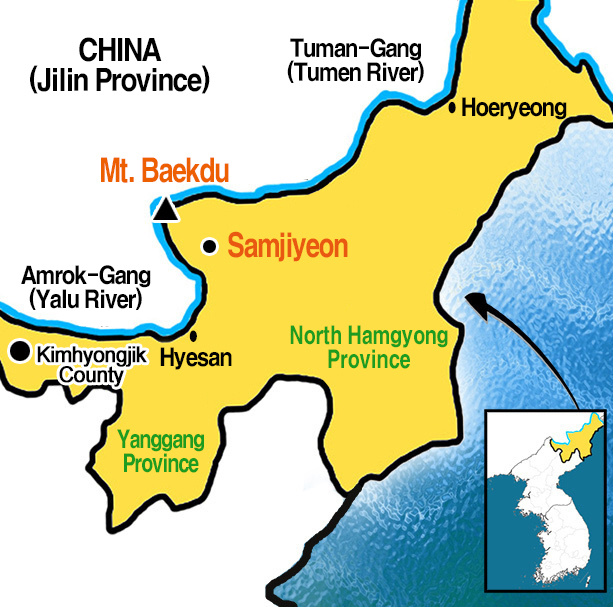
A map of the ‘Holy Land of the Revolution’ (ASIAPRESS)
- The Weakest Won: Markets Run Entirely in Chinese RMB as Shoppers Abandon their Sanctions-Hit Currency
- <Inside N. Korea> Price Plunge: Pyongyang Properties Depreciate Severely as Sanctions Knock Housing Market Nationwide
- <Inside N. Korea> Freedom Fashionistas: Young Citizens Rebel Against Regime for Freedom of Style
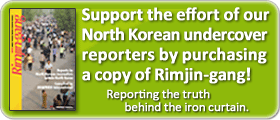 Editor’s notes on North Korean reporters
Editor’s notes on North Korean reporters
ALL REPORTS >>>
ARCHIVE(pdf) >>
DPRK MAP >>
